Release day - Merry Christmas
Yesterday, we've released JVx 2.4, VaadinUI 1.4, HeadlessUI 1.1 and JVx vert.x 3.0.
Headless UI and JVx vert.x are maintenance updates because of JVx changes. JVx 2.4 is a bugfix release with some new cool features and VaadinUI is a performance tuning and bugfix release.
JVx and VaadinUI are available on Maven central. The other releases are hosted on SourceForge.
What's new in JVx 2.4?
- Thread safety
DataBook (MemDataBook, RemoteDataBook) are now Thread safe. It wasn't guaranteed before 2.4.
- Support for Boolean and Arrays (Oracle)
JVx' OracleDBAccess supports Boolean DataTypes via JDBC calls and Arrays as well. We wrapped the functionality in our existing API and it makes no difference for you. Arrays are wrapped as List of IBeans.
- Parameter changed event in WorkScreen
The WorkScreen class got a new event: eventParameterChanged. It enables notification about parameter changes.
- New AbstractFactory
We introduced AbstractFactory and changed all factory implementations. With AbstractFactory, it's possible to set custom factory properties. We use this new feature for vaadin UI. With new Vaadin UI it's possible to use the old Table or the new Grid implementation. Simply set a property for that.
- API change: IFactory
The invokeInThread method now returns the Thread instance.
- FontAwesome support
- Automatic Record translation
What's new in Vaadin 1.4?
- Based on vaadin 7.5.7
- FontIcon support
- Grid support (experimental)
Set the factory property: vaadin.component.legacy_table to true (via web.xml as init parameter or as URL parameter).
- Lazy loading of LinkedCellEditor
Before 1.4, all LinkedCellEditors were loaded immediate. This was a performance impact. With 1.4 this was changed and data will be loaded, when needed.
- Performance tuning
The performance is now about 5 times faster than before. We improved the performance because we reduced our CssExtension and reduced the database calls. You can feel the new performance

What's new in JVx vert.x 3.0?
It's based on Vert.x 3 and works with JVx 2.4.
(JVx vert.x is hosted on GitHub)
You can find all changes in the project Changelogs.
Happy coding!

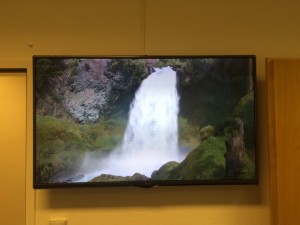
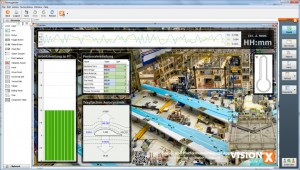
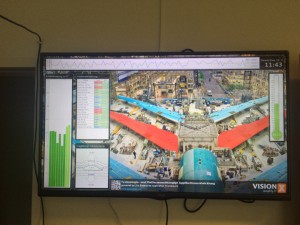
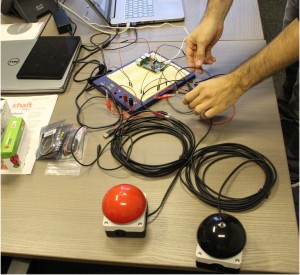
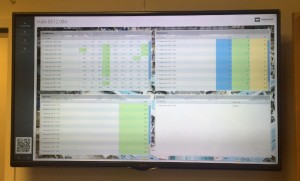
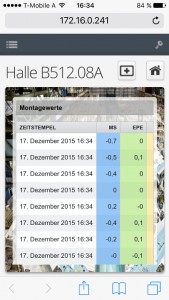
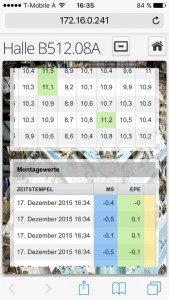
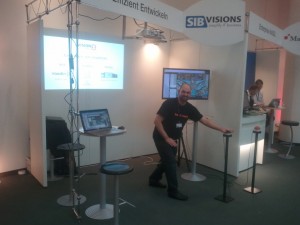
 RSS-Feed
RSS-Feed